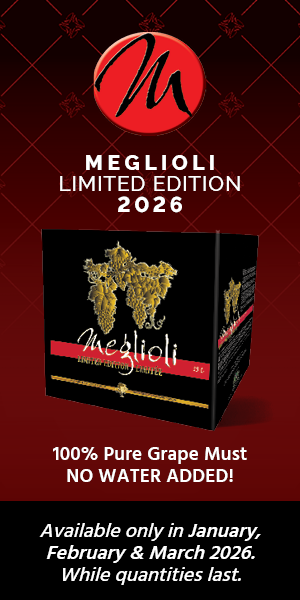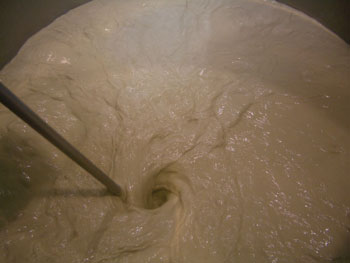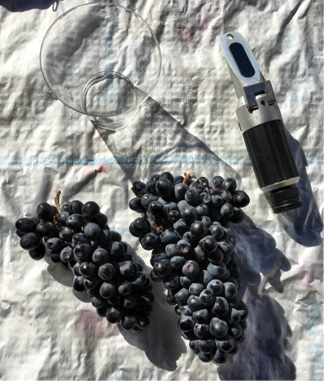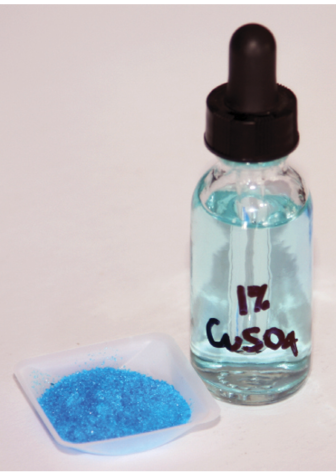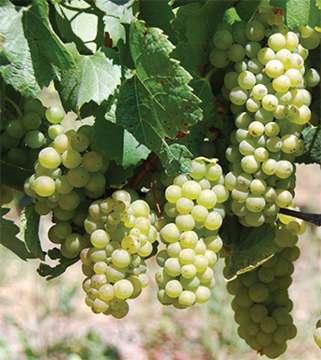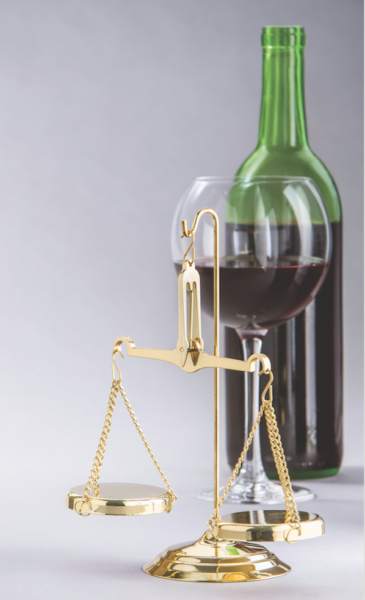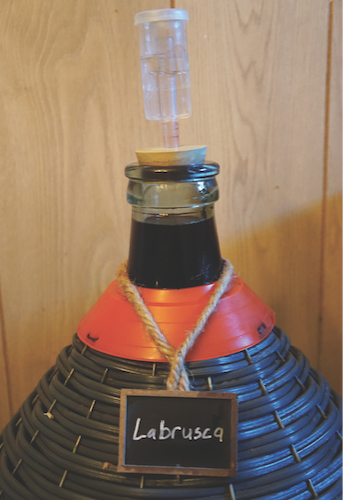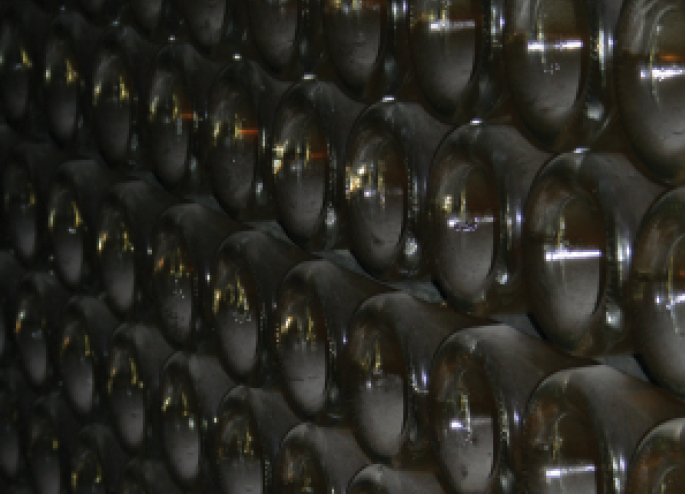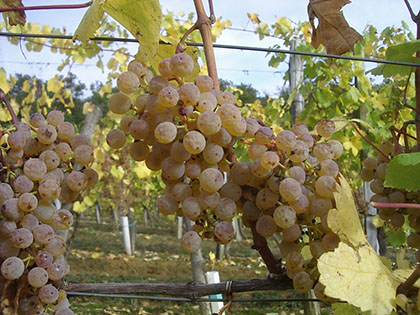Apr-May 2017
Mellowing a Big Wine
Even my “purist” winemaking friends usually aren’t opposed to doing a little egg white fining when it comes to smoothing out the rough edges on their big reds. It’s an ancient and
Understanding Bentonite, Refractometers vs. Hydrometers, and Mellowing A Big Wine
Most folks I talk to say that sodium bentonite and calcium bentonite are interchangeable in winemaking.
Pinotage in the Spring
Spring is here, and that means a new winemaking season is upon us! A couple of experienced winemakers share the joys that come with making wine from South America and South Africa, as they recall their recent experience making Pinotage wine from South Africa last spring.
Volatile Sulfur Compounds and Hydrogen Sulfide in Wine
If you have ever encountered volatile sulfur compounds in wine, of which hydrogen sulfide is the most common, you know how repulsive the smell can be. Learn the causes and solutions.
Degassing Wine Techniques
Sure, some wines are supposed to be carbonated, but most aren’t. To avoid unwanted bubbles in your table wines, you need to degas your wine. Learn how, and when, to do it so you never pour an unexpected bottle of fizzy wine again.
Moving Wine with Pumps
Wine is frequently transferred or “racked” into another vessel to leave the byproducts of the process (known as lees) behind. If you make larger batches of wine at home, using a pump can make this process easier.
Balance in the Vineyard
Balance in a vineyard is defined as a vine that has enough leaves to ripen a small to moderate crop load. To achieve that goal, a good vineyard manager needs to pay close attention to what’s happening among the vines this time of year.
Creating Balanced Wine
There are many components in wine that all need to work together to create balance. Find out how to juggle acidity, alcohol, residual sugar, tannins, color, flavor components, and more.
Year in the Life of a Wine: Part IV (Good Fermentations)
In the fourth installment of our year-long series about how homemade wine is made using home-grown grapes in Upstate New York, it’s time to check on finished fermentations and prune the grapevines.
Understanding Bentonite
Wine, as I’ve often written, is a complex chimerical soup. Wine naturally contains lots of different amino acids and some of those amino acids are in long-chain form and actually are proteins.
Making Off-Dry White Wine: Tips from the Pros
There is a lot more to off-dry wines than what you may perceive from mass-produced discount bottles from the supermarket. A little sweetness with balanced acidity can add complexity and create a
Cellaring Wines
Learn the basics of how and where to age your homemade wines.
Petit Manseng
A long time ago, brave souls looking for an easier route to the Far East set sail west across the Atlantic Ocean. Controversial at the time given the prevailing philosophy was that
Refractometer vs. Hydrometer
That is a great question. The “simple” answer is that no, hydrometry and refractometry are not interchangeable and that you shouldn’t try to use a refractometer during active fermentation. Refractometry relies on
